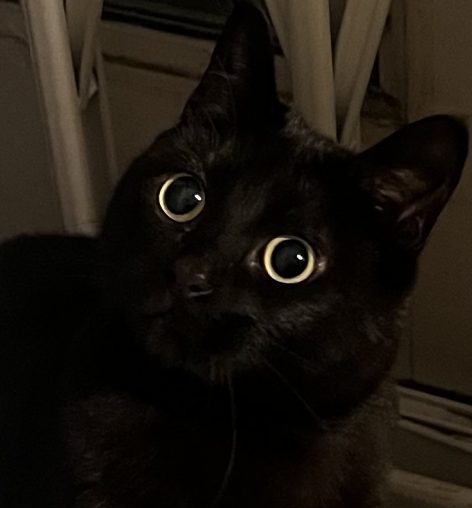Libraries are complicated spaces; they can present barriers to users in multiple ways, from their organisation, layout and classification scheme to navigating the search tools to discover resources. It is unlikely that the most seasoned and experienced library user could navigate a new academic library space without assistance and these barriers are compounded by learning and language differences.
At UAL, around 7% percent of students have declared a Specific Learning Difference (SpLDs) (including dyslexia) which can present barriers to using the library comfortably, such as:
(Belger and Chelin, 2013, p. 9)
- Difficulty interpreting and understanding information given.
- Remembering instructions.
- Sequencing and interpreting shelf marks.
- Communicating needs to library staff.
- Assimilating information making library orientation difficult.
As a subject librarian at Chelsea College of Art, I am responsible for conducting inductions for new students and this will be the focus of my intervention as a way to not only improve inclusivity for students with dyslexia, but also implement actions that can support the entirety of the student body.
I deliver library inductions to first year Graphic Design undergraduate (BAGDC1) and Graduate Diploma (GDGD) students and these typically occur during the first two weeks of the academic term. Library inductions consist of two parts; a short library tour and an induction talk and demonstration about using the online library search as well as signposting to specific resources for Graphic Design. In an effort to have parity across all courses, libraries and UAL sites, these inductions are expected to disseminate specific information about using the library services and to see all the students before they need to use the library. As a result, these inductions tend to be didactic and transmissive, are squeezed into limited times within a packed beginning of term timetable and overwhelming with the amount of information disseminated.
I plan to explore, plan and deliver an alternative to this format; I think it currently particularly disservices students with SpLDs such as dyslexia. These library inductions are taking place within a context of other brand new information; meeting new people, living in a new city (or country), adjusting to higher education and preparing for the workload of the year ahead.
My proposal for the intervention and the reflective report will focus on implementing alternative formats and methods for disseminating this information in a non-intimidating, inclusive and accessible way:
- Creating meaningful library maps that deconstruct the potentially confusing shelfmarks and classification scheme that can better facilitate searching for students with dyslexia and dyscalculia, in addition to providing an in-person tour;
- Dismantling the hierarchy of didactic inductions by empowering students to have a dialogue with their librarian about difficulties and challenges of using libraries as well as things that would make it easier;
- Library inductions as playful and fun workshops; highlight that libraries are places of exploration and discovery with a multiplicity of material available.
Ultimately, I want student with SpLDs to finish their inductions to the library equipped with knowledge on how to use the library with ease, to reinforce that academic texts and books are not the only resources and how to find these alternatives and to dismantle feelings of “library anxiety” (McAfee, 2018, p. 237).
Indicative bibliography
Belger, J. and Chelin, J. (2013) ‘The Inclusive Library: An investigation into provision for students with dyslexia within a sample group of academic libraries in England and Wales’ in Library and Information Research, 37(115), pp. 7 – 32. Available from: https://doi.org/10.29173/lirg555 [Accessed: 24th May 2025]
Cameron, H. and Greenland, L. (2019) ‘‘Black or minority ethnic’ (BME), female, and dyslexic in white-male dominated disciplines at an elite university in the UK; an exploration of student experiences’, Race Ethnicity and Education, 24(6), pp. 770–788. Available from: 10.1080/13613324.2019.1579180 [Accessed: 24th May 2025]
Davies, M. (2022) ‘The White Spaces of Dyslexic Difference: An intersectional analysis’ in Access and Widening Participation in Arts Higher Education. The Arts in Higher Education. Palgrave Macmillan, London, pp. 143-159. Available from: https://ualresearchonline.arts.ac.uk/id/eprint/22436/4/Chapter%207%20The%20White%20Spaces%20of%20Dyslexic%20Difference%20An%20intersectional%20Analysis.%28Final%20Pre-publication%20copy%29.pdf [Accessed: 24th May 2025]
McAfee, E. (2018) ‘Shame: The Emotional Basis of Library Anxiety’ in College and Research Libraries, 79(2), pp. 237 – 256. Available from: https://doi.org/10.5860/crl.79.2.237 [Accessed: 24th May 2025]

Leave a Reply